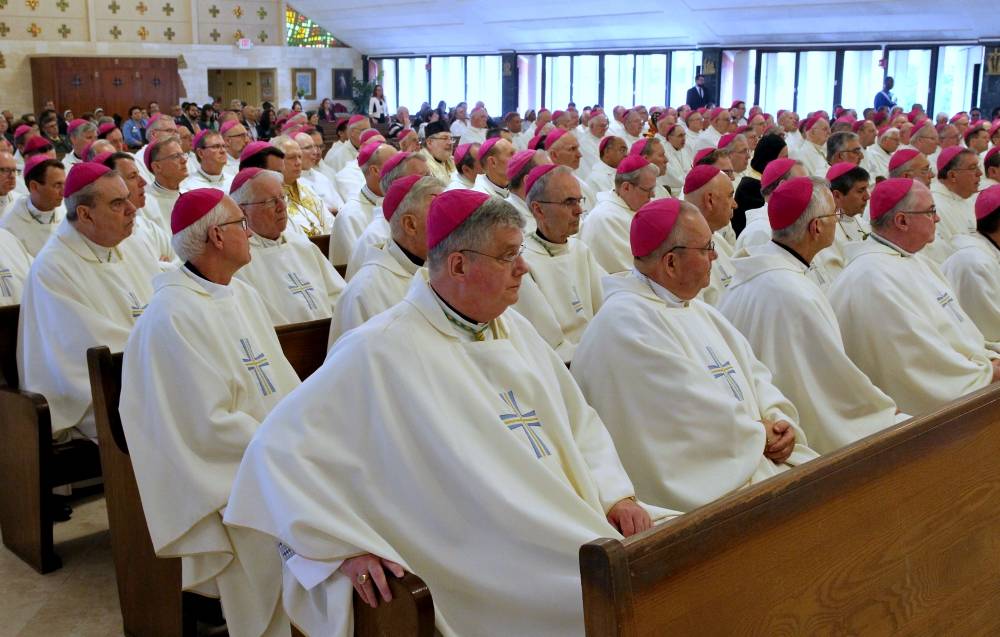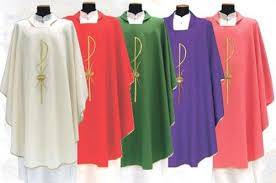THE SIGNIFICANCE OF COLOR IN THE LITURGICAL
SEASONS OF THE CATHOLIC CHURCH
The preferred color of the Catholic Church varies depending
on the liturgical season or occasion. There are six liturgical seasons in the
Catholic Church: Advent, Christmas, Lent, Easter, Ordinary Time, and the Season
of Saints. Each season has its own color, and each color has its own
significance.
During Advent, the color is purple, which represents penance
and preparation for the coming of Christ. The season of Advent begins four
weeks before Christmas and is a time for Catholics to reflect on the coming of
Christ and to prepare themselves for his arrival.
Christmas is celebrated on December 25th, and the color for
the season is white or gold, representing joy and celebration. This season
lasts for twelve days and is a time for Catholics to celebrate the birth of
Jesus Christ.
Ordinary Time, the longest season in the Catholic Church,
has two periods: one between Christmas and Lent, and the other between Easter
and Advent. The color for Ordinary Time is green, representing growth and hope.
The Season of Saints, which takes place from November 1st to
November 30th, is represented by the color white or gold, signifying the glory
of heaven and the purity of the saints. This season is a time to honor the
saints and to pray for the dead.
In addition to the liturgical seasons, the Catholic Church
also uses colors to represent the different sacraments and the hierarchy of the
Church. For example, red is used to represent the Holy Spirit, green is used to
represent hope, and gold is used to represent divinity.
Overall, the preferred color of the Catholic Church varies
depending on the season or occasion, and each color has its own significance.
These colors serve as visual reminders of the Catholic faith and help Catholics
to reflect on the meaning of each season and sacrament.


